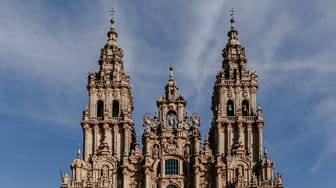Praza da Quintana de Vivos

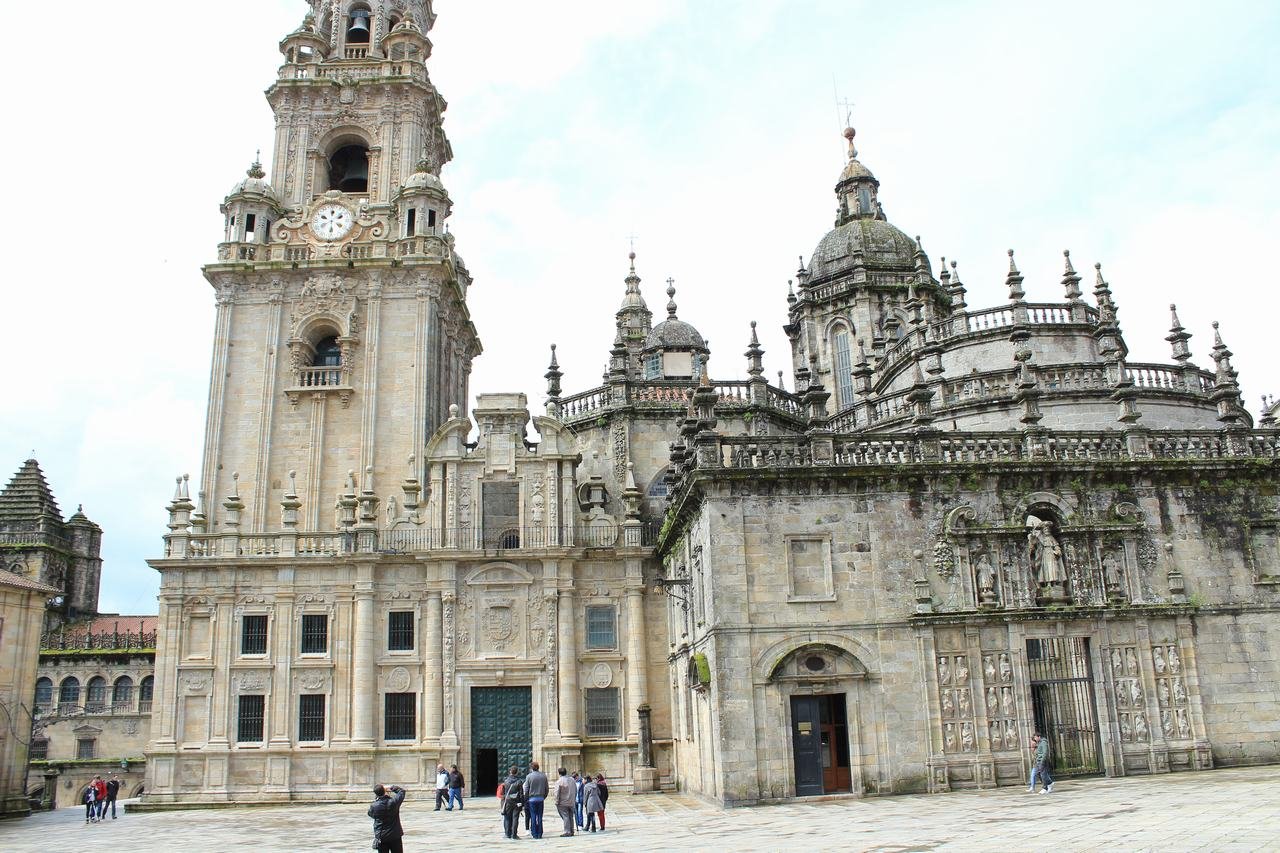
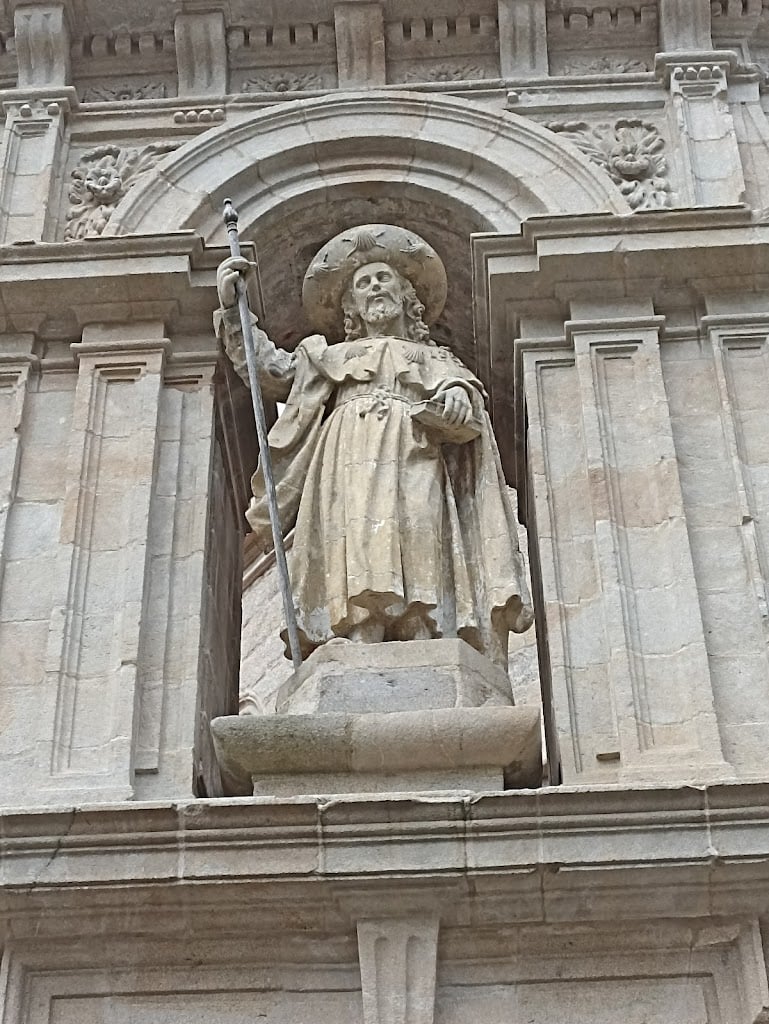
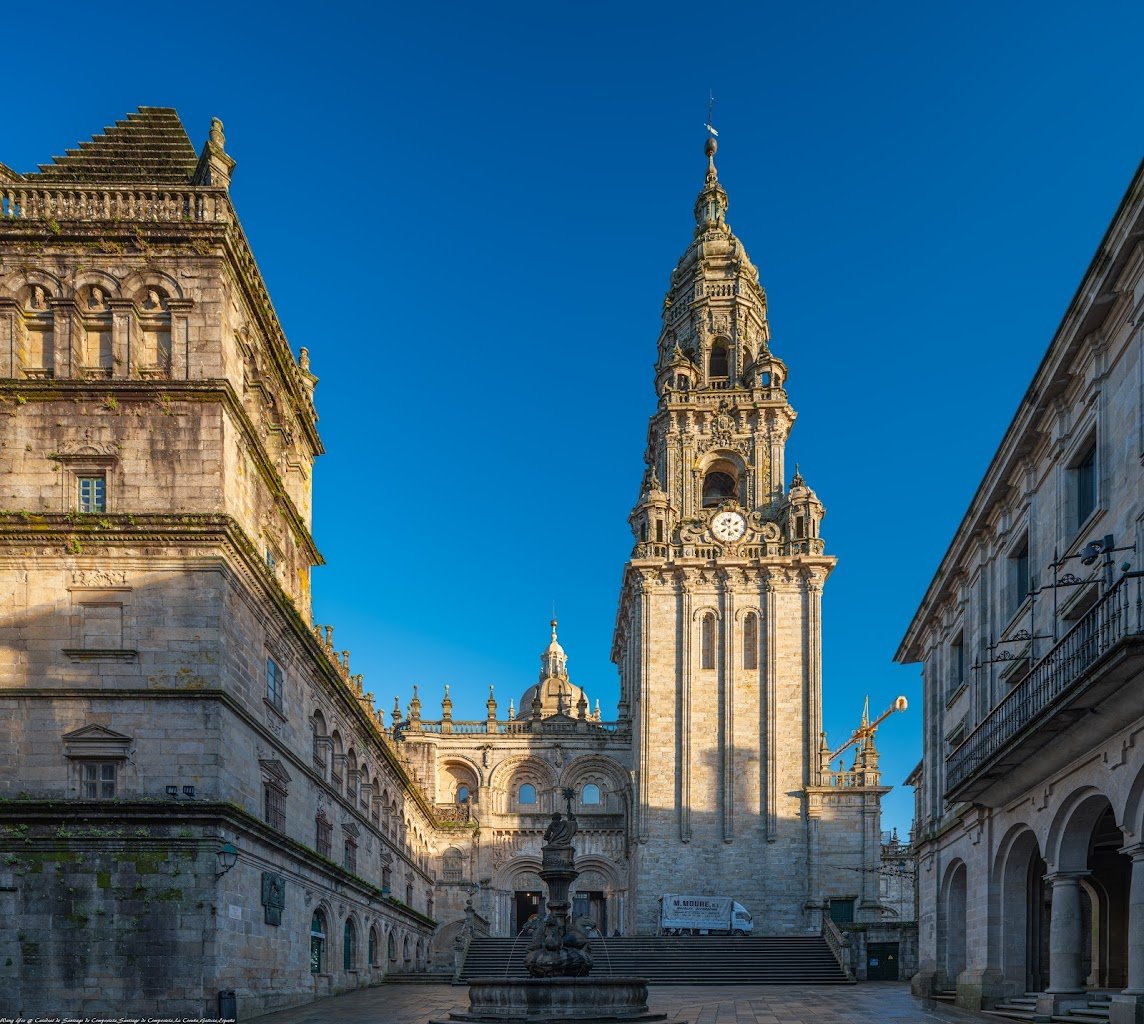
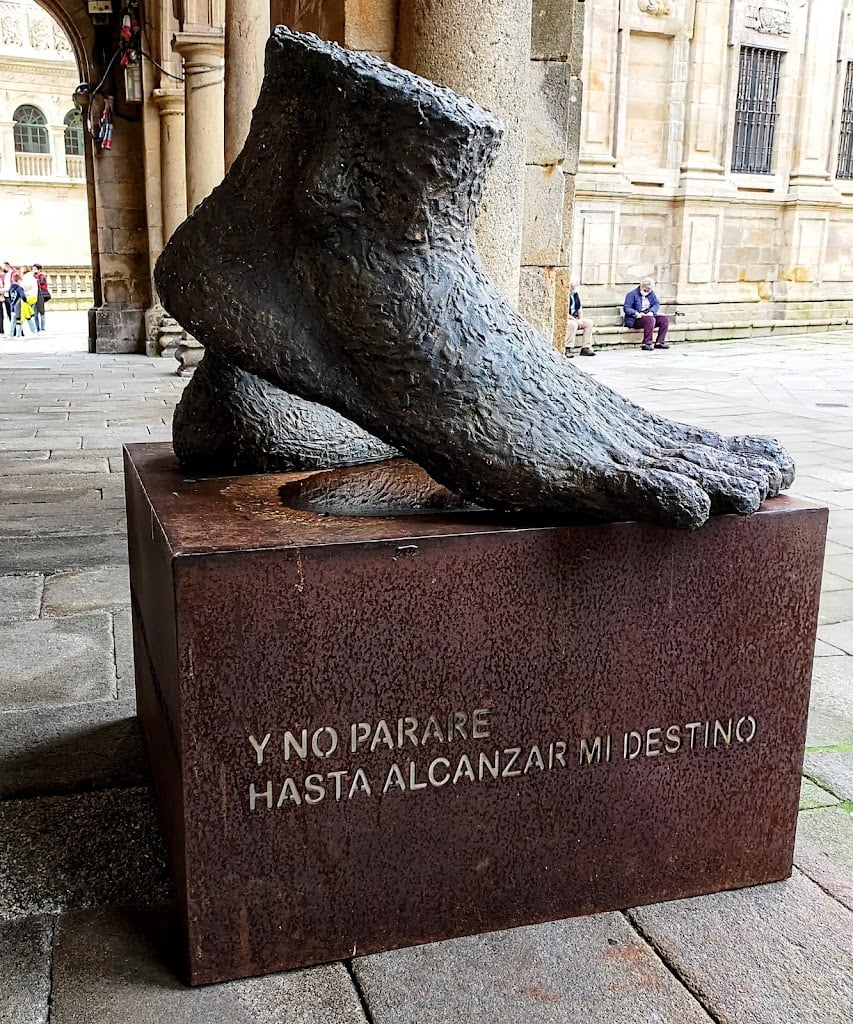
Ask ThatchGPT
Suggest a local expert to plan my trip
Suggest an unique itinerary for my Santiago de Compostela trip
What foods do Santiago de Compostela locals eat
What are some true hidden gems in Santiago de Compostela
Help me brainstorm trip ideas for Santiago de Compostela
Help me plan a family-friendly trip to Santiago de Compostela
What people say
Pedro Pereira
Available for hire
"“Quintana” is the equivalent of “square”, and both words were used in medieval terminology to designate open spaces for public use. The Quintana was the quintessential place, marked by the head of the Cathedral, the founding monastery, the cemetery of the canons and the first consistorial house.
The square is divided into two levels. The lower part, the Quintana de Mortos, was a cemetery until 1780, when for health reasons and lack of space the cemetery of San Domingos de Bonaval was chosen, and later, the current cemetery of Boisaca. The upper part of the square, on the other hand, is the Quintana de Vivos.
The imposing wall of the Monastery of San Paio de Antealtares delimits the complex to the east; it was founded by Alfonso II in the 9th century to guard the recently discovered tomb of the Apostle, a function that was taken over by the Chapter of the cathedral in the 11th century. The Benedictine monks were replaced in the 15th century by cloistered Benedictine nuns who now live in this building, which was renovated in the 17th and 18th centuries. In its church, you can admire an interesting Museum of Sacred Art that houses the altar found next to the tomb of Santiago. And at 7:30 pm, every day you can hear the vespers sung by the nuns of the convent.
The only vertical element in the square can be seen from all over the city, the cathedral's clock tower. It is curiously named Berenguela in honour of Archbishop Berenguel de Landoira, who ordered its construction in the 14th century. At the time, it was a robust defensive cube whose battlements did not exceed the current position of the clock. The architect Domingo de Andrade added the baroque decoration and decoration that surrounds the largest of the Cathedral's bells, also called Berenguela, weighing 14 tons, whose low note can be heard when striking the hours.
To your right is the Royal Portico, the starting point for liturgical processions. The long Baroque wall that protects the Romanesque chevet of the Cathedral continues to the Holy Door, the destination for pilgrims arriving in Santiago de Compostela in search of the Jubilee that awaits those who pass through the new bronze Holy Door, installed in 2004 by the Compostela artist Suso León. Its antechamber is flanked by Romanesque stone figures from the stone choir that existed in the Cathedral, carved in the 12th century by Maestro Mateo, whose reconstruction can be visited in the Cathedral Museum. The upper part is dominated by Baroque figures of Santiago and his disciples, Athanasius and Theodore. Beside it, the Abades' Door has been opened occasionally since 2004, allowing visitors to pass through the interior spaces of the chevet and into the Corticela chapel.
The southern and northern ends are occupied by two Baroque houses. In Quintana de Mortos, the Casa da Conga or Casa dos Cónegos (canonists), a group of four houses built in 1709 by Domingo de Andrade and finished by Casas y Nóvoa. Opposite, the Casa da Parra, which owes its name to the stone fruits – grapevines and grapevines – that the Baroque period left at its main door. Built by Andrade for the Chapter of the Cathedral in 1683, it occupies the site of the first notary and the first consistorial house of Santiago, which was demolished in 1588. Today it is an active exhibition hall."
Read more in:
Mentioned in these guides
About Praza da Quintana de Vivos
Get the inside scoop on Praza da Quintana de Vivos from local experts, travel creators, and tastemakers. Browse genuine trip notes, Praza da Quintana de Vivos reviews, photos, travel guides, and itineraries from real travelers and plan your trip with confidence.
Phone
Save this spot for later or start mapping out a new trip today
Try our AI Travel Assistant and get instant answers to any questions about your trip.
Ask ThatchGPT

